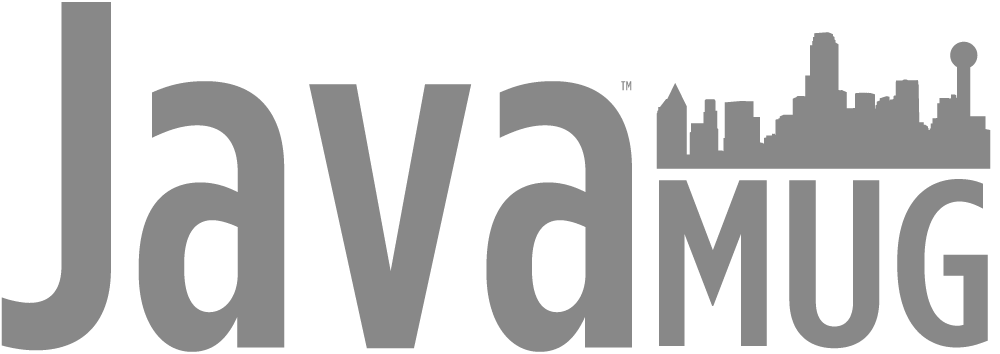Clustered Architecture Patterns: Delivering Scalability and Availability
February 11, 2009
Developing enterprise apps that run on server clusters is hard. Current approaches are hard on the application developer, demanding on the application infrastructure, and suffer from serious performance and scalability limits.
This session introduces Network-Attached Memory, Terracotta's open source technology that transparently extends Java heap and the Java Memory Model across multiple JVMs, and shows how to use it to develop simple, yet scalable applications. The talk focuses on the new Terracotta Web Application Reference Implementation, an example of a best-of-breed software stack (Spring, Spring WebFlow, SpringMVC, Spring Security, Sitemesh, Hibernate, Ehcache, and more) using Terracotta for scalability and high availability.
The talk will also discuss actual deployments where Network-Attached Memory is currently delivering high availability and scale, dramatically reducing load on expensive databases.
Clustered Architecture Patterns: Delivering Scalability and Availability
presented by Orion Letizi
Internet-scale enterprise applications require architectures that can scale quickly and cheaply. Most shops deploy on scaled-out clusters of commodity servers to meet those capacity demands. The bleeding edge is using cloud computing farms like Amazon AWS to provide computing power elasticity as a service. However, developing enterprise applications that run on such clusters is hard. Current approaches are hard on the application, demanding on the application infrastructure, and suffer from serious performance and scalability limits.This session introduces Network-Attached Memory, Terracotta's open source technology that transparently extends Java heap and the Java Memory Model across multiple JVMs, and shows how to use it to develop simple, yet scalable applications. The talk focuses on the new Terracotta Web Application Reference Implementation, an example of a best-of-breed software stack (Spring, Spring WebFlow, SpringMVC, Spring Security, Sitemesh, Hibernate, Ehcache, and more) using Terracotta for scalability and high availability.
The talk will also discuss actual deployments where Network-Attached Memory is currently delivering high availability and scale, dramatically reducing load on expensive databases.
-
Part 1, The State Monster:
how managing application state in a scaled-out deployment environment can saturate your network, overheat your database, and eat developer brains. -
Part 2, Network-Attached Memory:
a different approach to application scale. What Terracotta is, how it works, and how it makes scaled-out applications simple and fast. -
Part 3, Terracotta in Practice:
a tour through the code of the Examinator, Terracotta's new reference web application that supports 20,000 concurrent users on 16 linux boxes with 5ms page render times. -
Part 4, Case Studies:
– 50K TPS on Amazon EC2 with no database
– Saving > $1MM/year on database licenses and hardware for an online test taking application
– Saving > $10MM/year on mainframe transaction fees at a leading global hospitality group reservation site
